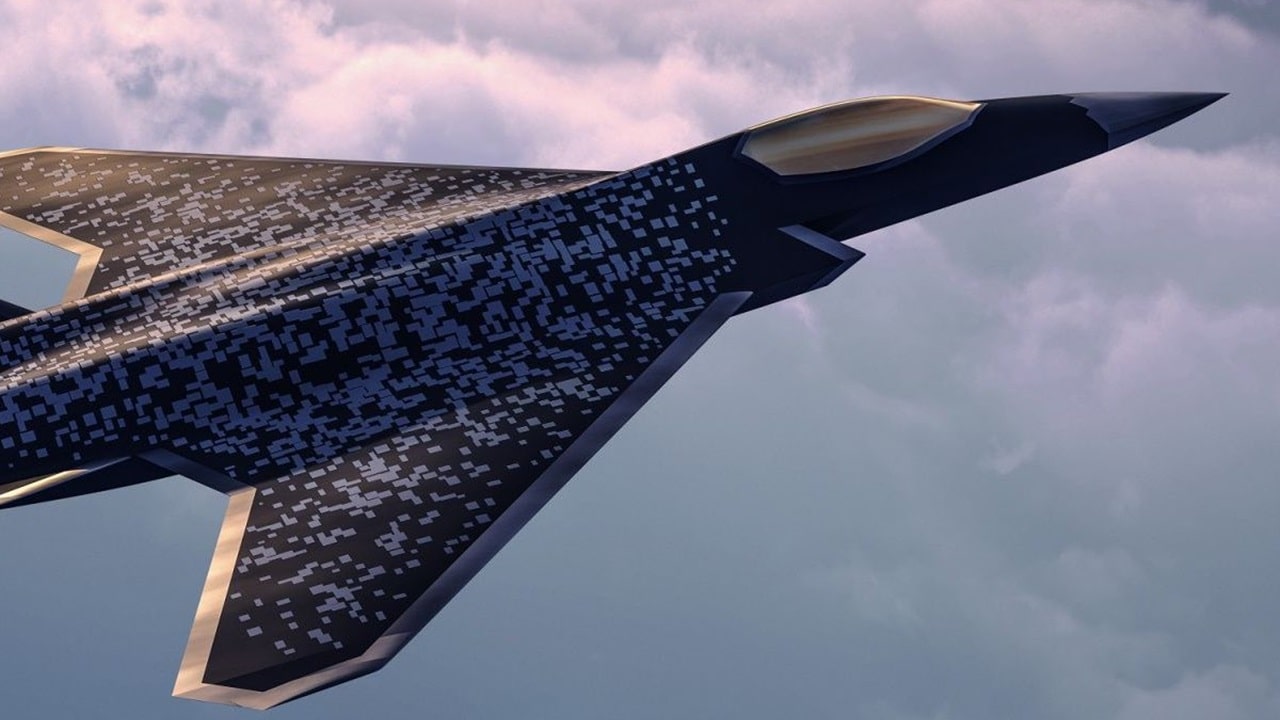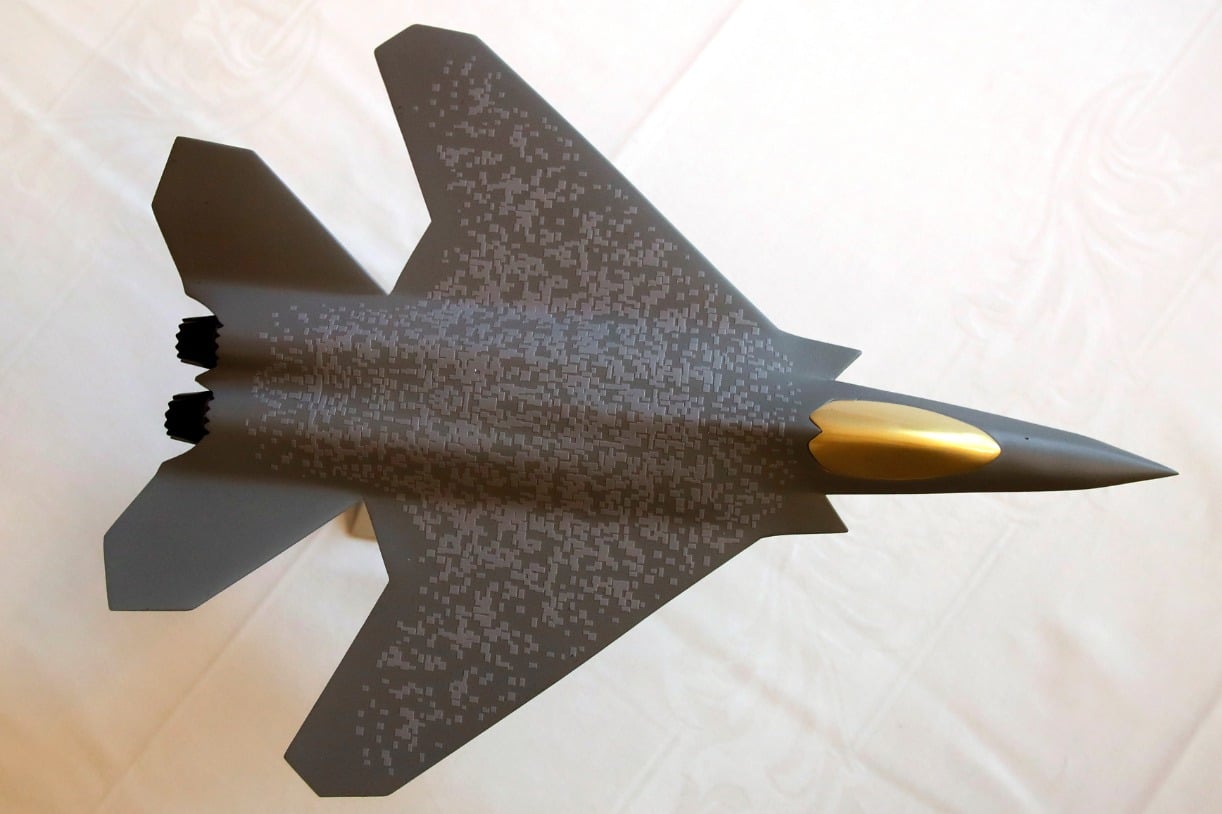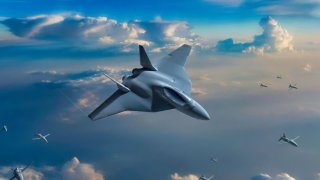FCAS: Europe's Version of an 'NGAD' 6th Generation Fighter Is Coming
The race to develop sixth-generation fighter jets is on, with Europe designing two separate platforms: the Tempest and the Airbus Future Combat Air System (FCAS). FCAS, a joint program by Dassault Aviation, Indra Sistemas, and Airbus, aims to replace Germany’s Typhoons, France’s Rafales, and Spain’s EF-18 Hornets.
Summary and Key Points: The race to develop sixth-generation fighter jets is on, with Europe designing two separate platforms: the Tempest and the Airbus Future Combat Air System (FCAS). FCAS, a joint program by Dassault Aviation, Indra Sistemas, and Airbus, aims to replace Germany’s Typhoons, France’s Rafales, and Spain’s EF-18 Hornets.

-The aircraft, expected to fly by the end of the decade and enter service by 2040, will feature stealth, maneuverability, and lethality. Key to FCAS is the "combat cloud," a collaborative network enabling real-time intelligence sharing across domains.
-Additionally, "remote carriers" (drones) will support the manned fighter, enhancing operational capabilities. This marks a global shift towards sixth-generation platforms, paralleling the U.S. Next-Generation Air Dominance Program and China's advancements.
FCAS—the 6th generation fighter
The race to develop and introduce sixth-generation fighter platforms is on. The Europeans are currently designing two separate sixth-generation fighter jets – the Tempest and the Airbus Future Combat Air System, or FCAS. The latter is a joint program under development by Dassault Aviation, Indra Sistemas and Airbus.
Like the U.S. Air Force’s Next-Generation Air Dominance Program and its rival Chinese program, the joint European design will combine a sixth-generation fighter with unmanned components.
An overview of FCAS
Derived from the European Technology Acquisition Program originating in the early 2000s, the FCAS concept started with collaboration among Germany, France, Italy, Sweden, the UK, and Spain.
The objective of the program is to replace Germany’s Typhoons, France’s Rafales, and Spain’s EF-18 Hornets. The so-called combat cloud is perhaps the crux of the program. As detailed by Simple Flying, this new system is envisioned as a “decentralized, cyber-resilient, collaborative information network across air, land, sea, space, and cyber domains that will enable real-time intelligence and exchanges across all domains.” This will be something akin to the F-35 Lightning II’s secure data link transmission capabilities, which enable easy data sharing between jets.
The aircraft is expected to take on its maiden flight by the end of the decade, and the countries involved hope that an operational platform can enter service by 2040. While details and specs remain classified, the sixth-gen fighter will prioritize stealth, maneuverability, and lethality.
Maj. Gen. Jean-Luc Mortiz, who leads the French segment of the FCAS effort, has explained that, “We (FCAS collaborators) need to develop these (key elements) by trying to forecast the threats we are likely to face in the 2030 to 2040 timeframe. What will our adversaries be thinking? We need to maintain operational superiority via superior technology but our adversaries are also moving more quickly.”

Drones labeled “remote carriers” are being designed to fly alongside the manned sixth-generation component of FCAS. These are similar to NGAD’s collaborative combat vehicles – advanced UAVs that will support pilots while operating with a high degree of autonomy. According to Airbus, military transport airframes like the A400M will be tasked with bringing these drones near target locations, where they will release anywhere between 12 and 50 small remote carriers.
As FCAS shows, the global shift from fifth-generation to sixth-generation platforms is underway.
About the Author: Maya Carlin
Maya Carlin, National Security Writer with The National Interest, is an analyst with the Center for Security Policy and a former Anna Sobol Levy Fellow at IDC Herzliya in Israel. She has by-lines in many publications, including The National Interest, Jerusalem Post, and Times of Israel. You can follow her on Twitter: @MayaCarlin.
All images are Creative Commons and/or Shutterstock.


